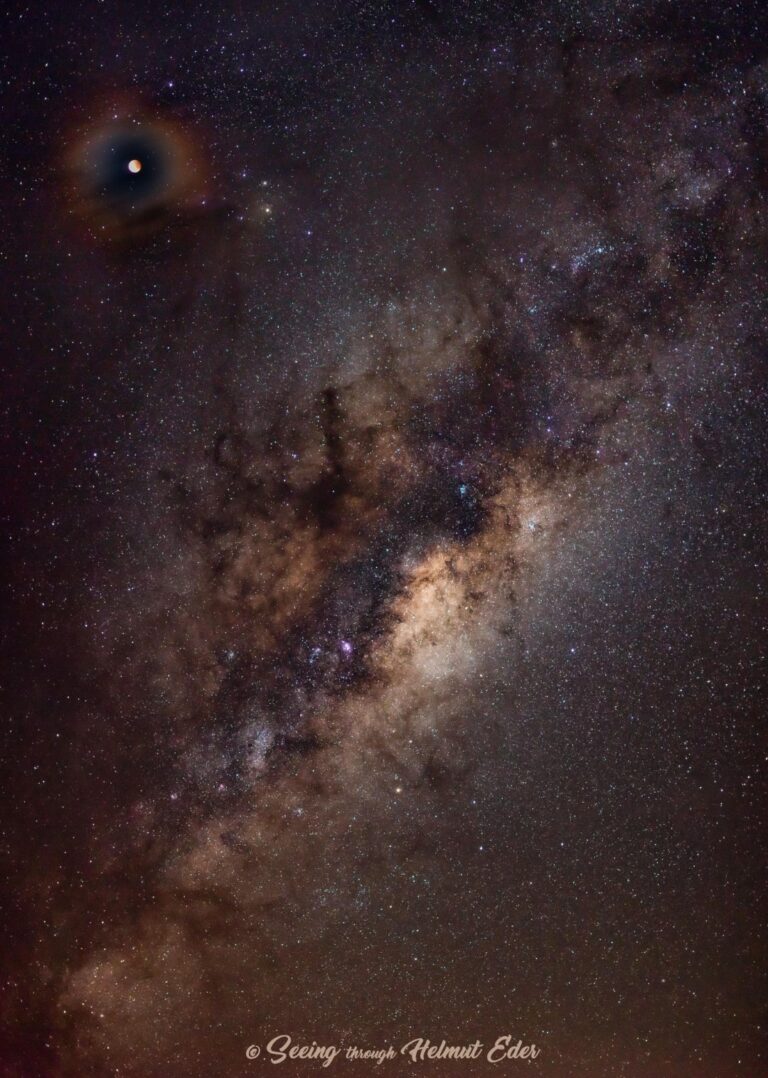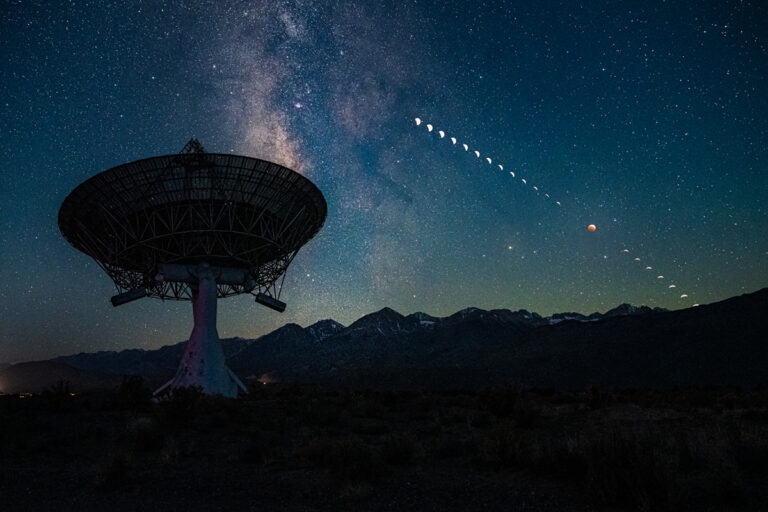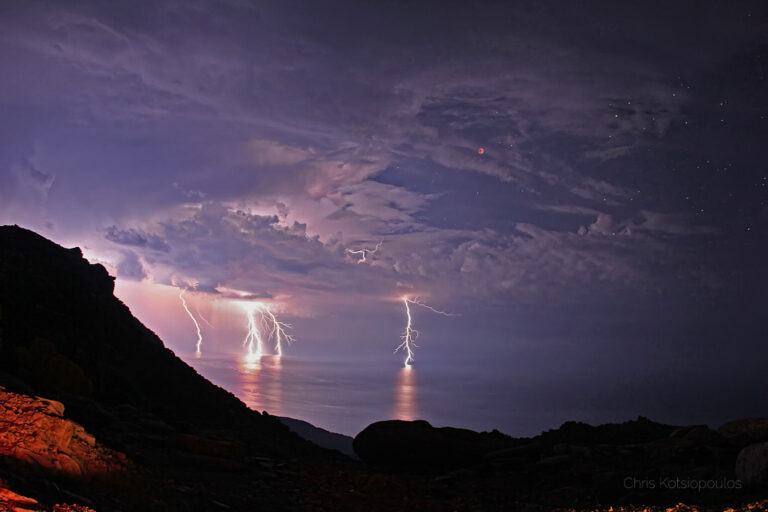全食月与月华
2021年06月09日 A Total Lunar Eclipse Corona Image Credit & Copyright: Helmut Eder Explanation: This moon appears multiply strange. This moon was a full moon, specifically called a Flower Moon at this time of the year. But that didn’t make it strange — full moons occur once a month (moon-th). This moon was a supermoon, meaning that it reached its full phase near its closest approach to the Earth in its slightly elliptical orbit. Somewhat strange, a supermoon appears a bit larger and brighter than the average full moon — and enables it to be called a Super Flower Moon. This moon was undergoing a total lunar eclipse. An eclipsed moon can look quite strange, being dark, unevenly lit, and, frequently, red — sometimes called blood…





